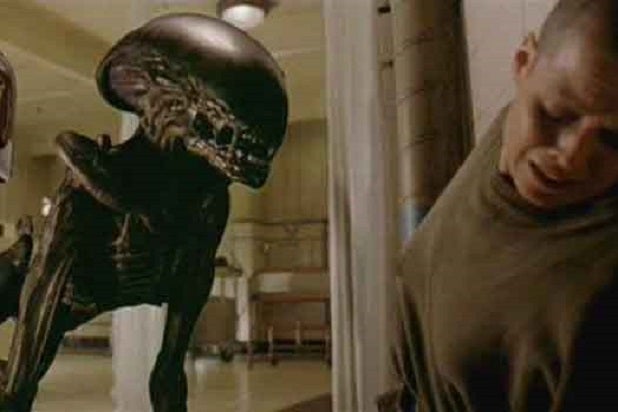Having been following this thread for a while, I now have a 4K projector (Sony XW5000ES) and feel like I can finally benefit from what I've read about here. Excited!
For folks that have compared 4K discs to 4K streaming, I can hear the better audio, but how much of an improvement do you see in the image?
Just curious as I've been streaming samples on Max (Apple TV 4K) of Casablanca, Wizard of Oz, Lost Boys, Batman, 2001 Space Odyssey, Singing in the Rain, Blade Runner 2049, etc. with Dolby Vision and Atmos, and my sense is it could be better.
It certainly can be better .. and it is with the "4K ultra" disc format. With streaming, the content providers still have to compress the feature considerably to get the content to you in real time, along with loads of other content. Streaming services rarely list their 4K bit rates but consider that a 2 hour title in 4K HDR might be 15-20 gig total when streaming (or often less), but on a 4K disc that total may be 70 or 80 gig. And if you really want to see compression artifacts a projector is the best way to look for them. Mpeg5 / HEVC compression is what is used with 4K and is certainly more efficient than its mpeg4 AVC predecessor used for bluray and in turn is far better than mpeg-2 used on DVD. But, like the previous compression codecs, HEVC can be and sometimes is pushed to its limits by content providers. With a giant projected image if you watch one of the Star-Wars OT on Disney or "2001" on Apple in 4k, and then from a 4k disc you will see a difference. On a smaller screen, not so much.
My current take away is 4K is still maturing and displays are still catching up, meaning with certain display technologies one given aspect of what I'll call "the 4K-ultra umbrella advantage" may be better highlighted than another.
My downstairs projector does 4K and no matter what the source, the higher pixel count now has greatly reduced the screen door effect compared to my previous 1080p projector. Am throwing a 143" image and especially in that case, more true pixels matter. Color gamuts are also improving in projectors with many doing not only over 100% rec709 but also 100% DCI-P3 which is important for ultra 4Ks 10bit color and wider color bandwidth. Many 4K projector do HDR10, HDR10+, and HLG high dynamic range, but don't expect a true wow experience with HDR and projectors, even with the high lumen models as true contrast ratios and projectors under 10 grand just aren't there yet. They're inching forward but from a true contrast rating they are still nothing like higher end flat panels where HDR literally shines.
OLED flat panel displays when reproducing true blacks and low level blacks are simply incredible. After 30 years of working in television with broadcast grade gear and in film restoration with even better, the first time I ran an OLED through the paces and with torture tests, it blew my mind. Each "pixel" can go full off to full on and not effect the neighboring pixel at all. This was unheard of in any display tech previous. Colors typically exceed DCI-P3 ratings and the peak nit ratings aren't bad and also inching forward.
Forgetting blacks levels, LED/LCD displays offer the highest output ratings, so if you really feel the need to be blinded by peak whites .. maybe its a 4K disc of the eclipse with a 4000 nit peak .. ;-) just kidding. But this is one parameter where LED and LCD still excel. And so I don't send a mixed message, with higher end models of this type, black level quality is often very, very good.
With the OLED and the projector, I appreciate different aspects of the 4K umbrella experience, but each in different ways that even on their own are still very much enjoyable.

















